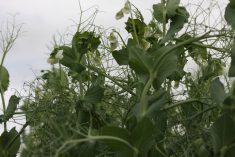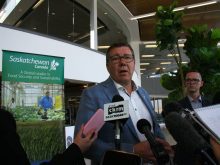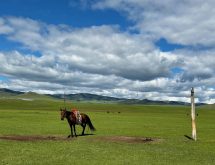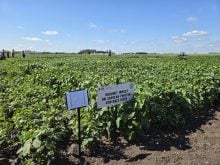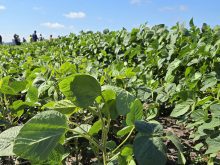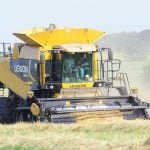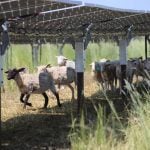EDMONTON — After studying hundreds of leading farmers, an Australian farm management specialist has listed the Top 10 traits of successful farmers.
Farmers aren’t expected to be successful at all 10 traits, but with deliberate changes they can improve their score and their farm’s bottom line, Rob Napier told farmers at FarmTech, which was held Jan. 27-29, in Edmonton.
1. Plan from the outside in, not the inside out.
Prepare to start from scratch and make deliberate decisions. Don’t make decisions because that was the way they were done by the parents and grandparents.
Read Also
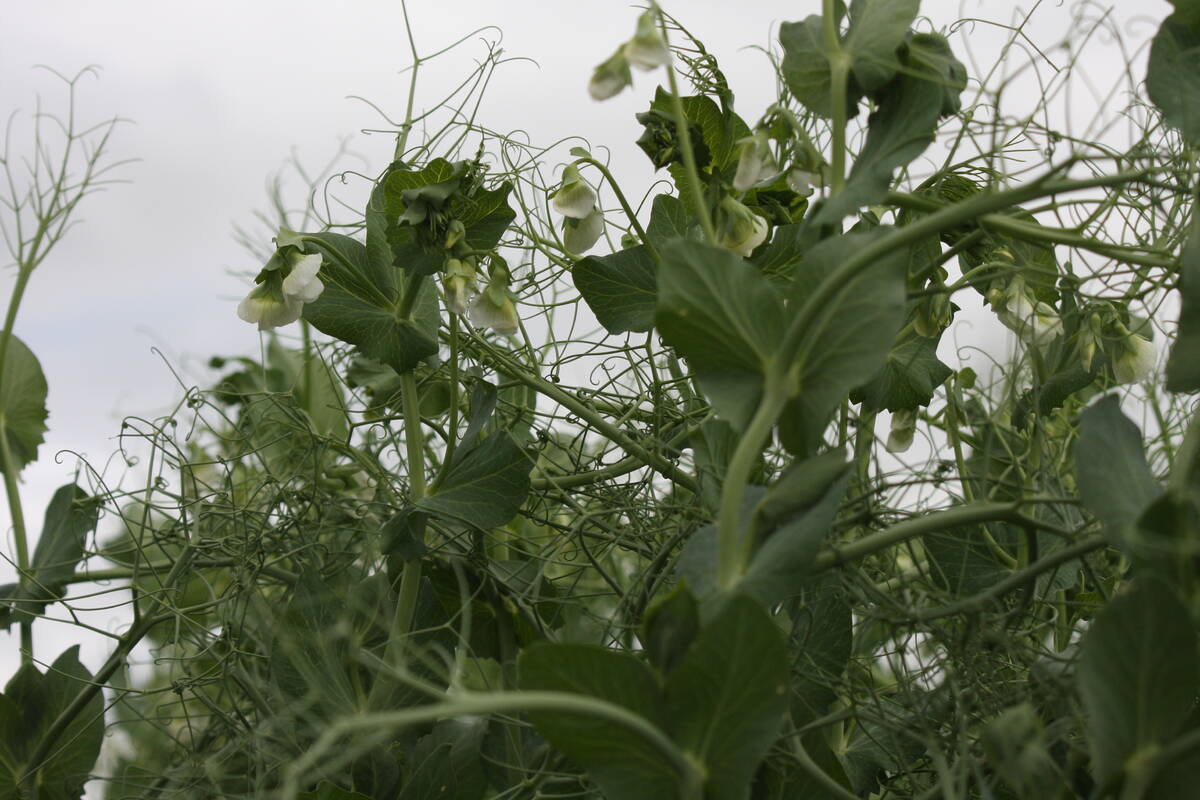
High pea yields shock farmers
There is going to be a massive pea carryout at the end of this crop year.
2. Have written and regularly revised individual, family and business goals and business plans.
Less than 25 percent of Canadian farmers have a written business plan, said Napier.
“Is that good enough for a dynamic business?”
3. Do ordinary things extraordinarily well by monitoring, analyzing and improving.
Doing things well gives farmers a five percent advantage. Doing lots of things well over a whole range of things adds up to a much better bottom line. These farmers monitor and think about how things work, he said.
“They do courageous analysis on how their businesses are doing.”
4. See and evaluate new technologies, focus on systems and work with researchers.
New technologies will create a revolution in farming, but farmers need to be able to cope with upcoming changes.
“We have a convergence of biotechnology, engineering and huge information management all coming together. That is going to revolutionize our game,” he said. “We need a lot more young people to really get excited about how we use those technologies.”
Napier said farmers should not adopt technology just because it’s new. Instead, they should seek out technology that works on their farm.
“The leading farmers get very close to the researchers and they learn how to adopt new technologies, minimize risk and they make sure new technologies fit in with the systems of their farms. They don’t just throw in technology willy nilly.”
5. Be market driven and integrated with all steps in the supply chain.
Top farmers learn to work within a volatile world and understand every step in the value chain process.
“There is a lot of potential for value adding and tweaking and getting that extra five or 10 percent. To do that you have to understand how your supply chain works and really become an aggressive marketer.”
6. Work together with like-minded people.
A lot of good farmers are lonely people because they do things differently than their neighbours. Top farmers seek out other top farmers around the world and find top-level advisers.
“You need to get together with like-minded people and good advisers.”
7. Expand the business using different management models.
Top farmers find ways to expand in a capital-intensive industry by not sticking with traditional farm models.
Top farmers are leasing, share farming, forming syndicates, acquiring outside money, doing joint ventures and franchising ideas to expand their businesses.
“Even in this capital intensive business and family farm structure, our leading farmers are finding amazing things with growth.”
8. Prepare for volatility by having risk management plans and asking, “what if?”
The leading farmers love volatility. Volatility means opportunity. It would be difficult to do something exceptional if everything was flat and stayed the same, he said.
“We have to be a more sophisticated in the way we do risk management.”
9. Look for opportunities to add businesses and services.
Top farmers are able to build other businesses around their farms. The adjoining, or connected businesses, such as tourism and custom farm work, give farmers extra cash flow and the ability to hive off businesses for their non-farming children.
“It gives better risk management and enables farm families to use all their resources and gives everyone an opportunity to use their interests and abilities,” he said.
10. Achieve excellence in people development, management and succession planning.
Being good at people management is one of the hardest tasks for success. Hard assets of land and machinery used to drive agriculture. Now, it is soft assets such as people, ideas, skills and creativity.
“We all have to work away at this one. We’ve got to have excellence in people management and we can learn heaps from non-agriculture industries.”
Napier said not every farmer will score top marks in all of these areas.
If being a good people manager is too difficult, he suggested finding someone in the family, or hiring a human resource manager, to be the farm’s people person.
Top farmers who are not the best at seeding will outsource the operation to the best person in the district who has the best equipment and knows how to run it well.
“See how you might be able to work towards doing what the leading farmers do,” Napier said. “It’s challenging, but it is not rocket science.”
Contact mary.macarthur@producer.com



